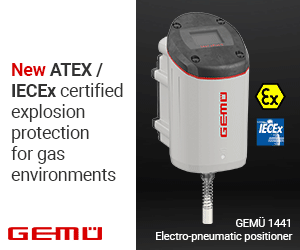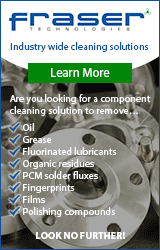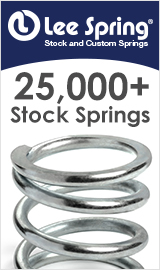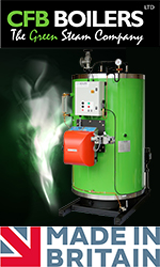Nace: Corrosion costs $ 2.5 trillion annually1
Every year, corrosion causes an economic damage of more than $ 2.5 trillion worldwide. Therefore, the prevention of corrosion, is an issue that plays an important role in many areas. The new MMS® Inspection series that is optimized for corrosion protection reliably supports the inspector in assessing corrosion-exposed components and in jobs that involve checking of corrosion protection. Corrosion is the deterioration of a metal as a result of chemical reactions between it and the surrounding environment. This leads to a functional impairment of the metallic component over time. Accordingly, rust formation on a railroad track is not harmful, since the function of the rail is not diminished. However, a pipe which has become leaky due to pitting corrosion is clearly defective, since the safe transport of liquids is no longer guaranteed. The same applies to the maritime sector, where material surfaces attacked by corrosion on ship walls can quickly become a safety risk. There are serious consequences caused by corrosion in engineering structures such as bridges. If the steel structure corrodes without any control, a bridge can quickly become a threat to those who move on it. Furthermore, there are economic advantages to implementing proper corrosion prevention methods.
In order to protect metallic materials against environmental influences and thus corrosion, in most cases coating with suitable corrosion protection material is sufficient. The expense for this – passive – corrosion protection is relatively low in relation to the costs caused by corrosion such as loss of value, downtime, dismantling, etc. For companies and institutions saving on corrosion protection, it usually becomes expensive to repair the damages afterwards. This is especially so for structures that are very difficult to access after installation, such as offshore wind turbines. Corrosion protection involves regular inspection and checks for proper functioning. This means that inspectors and service personnel need to use targeted measurements to inspect if the quality of the corrosion protection coatings still meet specified standards.
With regard to coating thickness gauges used here, both magnetic induction method and eddy-current testing have established themselves as standards worldwide.
Magnetic induction is the method of choice for measuring the thickness of non-magnetic layers on magnetic base materials, e.g. layers of paint, plastic, galvanized or hot-dip galvanized layers on steel and iron. The eddy current method is suitable for electrically non-conductive layers on non-ferrous metals, such as e.g. paint, lacquer or plastic on aluminium.
Depending on the version, modern gauges such as the newly developed MMS® Inspection series from Helmut Fischer offer both measuring methods.
Helmut Fischer has made every effort to ensure the convenience of the user. For this reason, international measurement standards such as SSPC PA2 (Level 1-5), IMO PSPC, ISO 19840, Australian AS 3894.3-2002 or Swedish IS 1841 60 are firmly integrated as pre-configured batches or measurement specifications via the software. The dew point measuring device MMS® Inspection DPM, which belongs to the same series, measures the dew point before the corrosion protection paint is applied. It this helps to ensure that the coating is applied under proper environmental conditions. If the conditions are not suitable, premature corrosion may occur or the paint may peel off as a result of poor adhesion.

The MMS series offers a third model, the MMS Inspection SPG. This gauge measures according to the “Peak to Valley” method, meeting ASTM D 4417-B and US Navy NSI 009-32 standards. The surface profile depth influences the amount of paint needed. If the peak to valley distance is too big, the applied paint layer may not be thick enough on the peaks. Additionally, the profile infuences the adhesion of the paint on the surface.
The MMS series is offered as a set of three to enable better corrosion protection. They are the only device on the market that meet IP 65 protection requirements which include dust protection and water proof.
The MMS Inspection offers one-handed operation and provides immediate feedback by means of light, vibration and sound. The auto rotate function allows the corrosion inspector to view measurement results at all important angles.
A big advantage of the MMS® Inspection series is the intuitive user interface for all systems. The software guides the user step by step through the individual measuring programs and shows him how to proceed with each measurement. Thus, the devices can be handled reliably even by untrained personnel.
Helmut Fischer has designed this series of gauges to make corrosion protection inspection considerably easier. This enables many companies around the world to avoid corrosion damage and the resulting loss of value.



























































































































